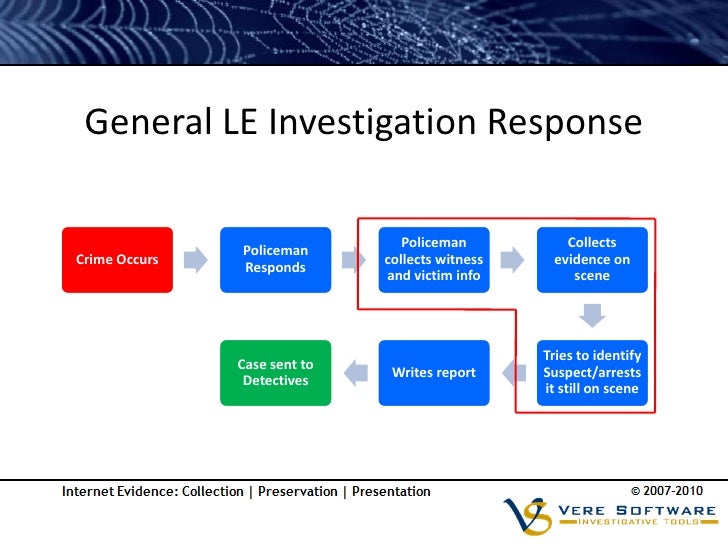

- NEGATIVE EFFECTS OF SOCIAL MEDIA ON LAW ENFORCEMENT OFFLINE
- NEGATIVE EFFECTS OF SOCIAL MEDIA ON LAW ENFORCEMENT SERIES

NEGATIVE EFFECTS OF SOCIAL MEDIA ON LAW ENFORCEMENT SERIES
In 2019, a professor from the University of Oklahoma posted a series of videos on TikTok detailing his analyses of white supremacy and systemic injustice. Racist Algorithmsĭespite claims by social media platforms that they do not tolerate racism, their algorithms portray the opposite. White supremacist groups continue to thrive on virtually all social media platforms and promote racism in social media.
NEGATIVE EFFECTS OF SOCIAL MEDIA ON LAW ENFORCEMENT OFFLINE
This is not the first time social media activity by white supremacists led to offline violence. He selected the location for its Black demographic. He had become radicalized in a social media community of like-minded white supremacists and livestreamed the attack over social media until the transmission was stopped. On May 14, 2022, a white supremacist gunman opened fire at Tops Friendly Market in Buffalo, New York, killing 10 people and injuring three more prior to surrendering to police. For young people, this is especially damaging and can increase the risk of mental health disorders and suicide. They may withdraw both online and offline as a means to protect themselves. Hate speech and online abuse cause many LGBTQ+ victims to fear for their physical safety. Facebook is the biggest offender, with 75 percent of its LGBTQ+ users experiencing abuse. This type of speech violates the policies of most platforms, but these policies are rarely enforced.

Members of the LGBTQ+ community receive more social media abuse than any other group, with as many as 64 percent of the online LGBTQ+ community experiencing hate speech and harassment on social media. And because there are so many types of cyberbullying, it can be simultaneously subtle and pervasive. Social media content can quickly become viral, and once it is shared, it cannot be taken back and will only continue to spread. The presence of a large audience provides a stage for cyberbullies to accomplish this.įor many teens, cyberbullying is far more cruel and damaging than in-person bullying. CyberbullyingĬyberbullying is itself a form of violence that involves using social media to harass, threaten, intimidate, or humiliate a victim. Both parties may experience taunts from their peers until the fight occurs. Spectators and social media friends or followers may show up with their phones so they can record it, livestream it, or join in. If one party challenges the other to a real-life fight, pressure to follow through may feel insurmountable. Whether the audience sides with one party or is equally divided, both parties may feel pressured to save face by refusing to concede or reconcile. When heated social media arguments occur in front of large audiences, followers often egg them on or participate. Īs Professor Lance Williams of Northeastern University told NBC 5 in Chicago, social media “puts conflict on steroids. Whereas in real life, a breach of etiquette may be forgivable, on social media, even the smallest slights that would be of no consequence offline, can quickly escalate. What is considered a threat on social media?Įach action, no matter how small, can have strong meaning and consequences in networks involving young people, who are hyperaware of social cues. While some teens limit their networks to people they know, others develop large networks with hundreds or even thousands of followers. Social validation and a sense of belonging are important goals for teens, who often turn to social media in pursuit of these goals.


 0 kommentar(er)
0 kommentar(er)
